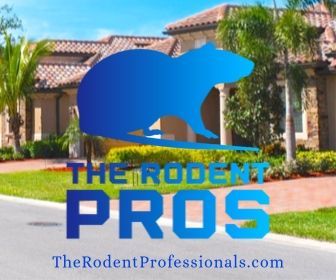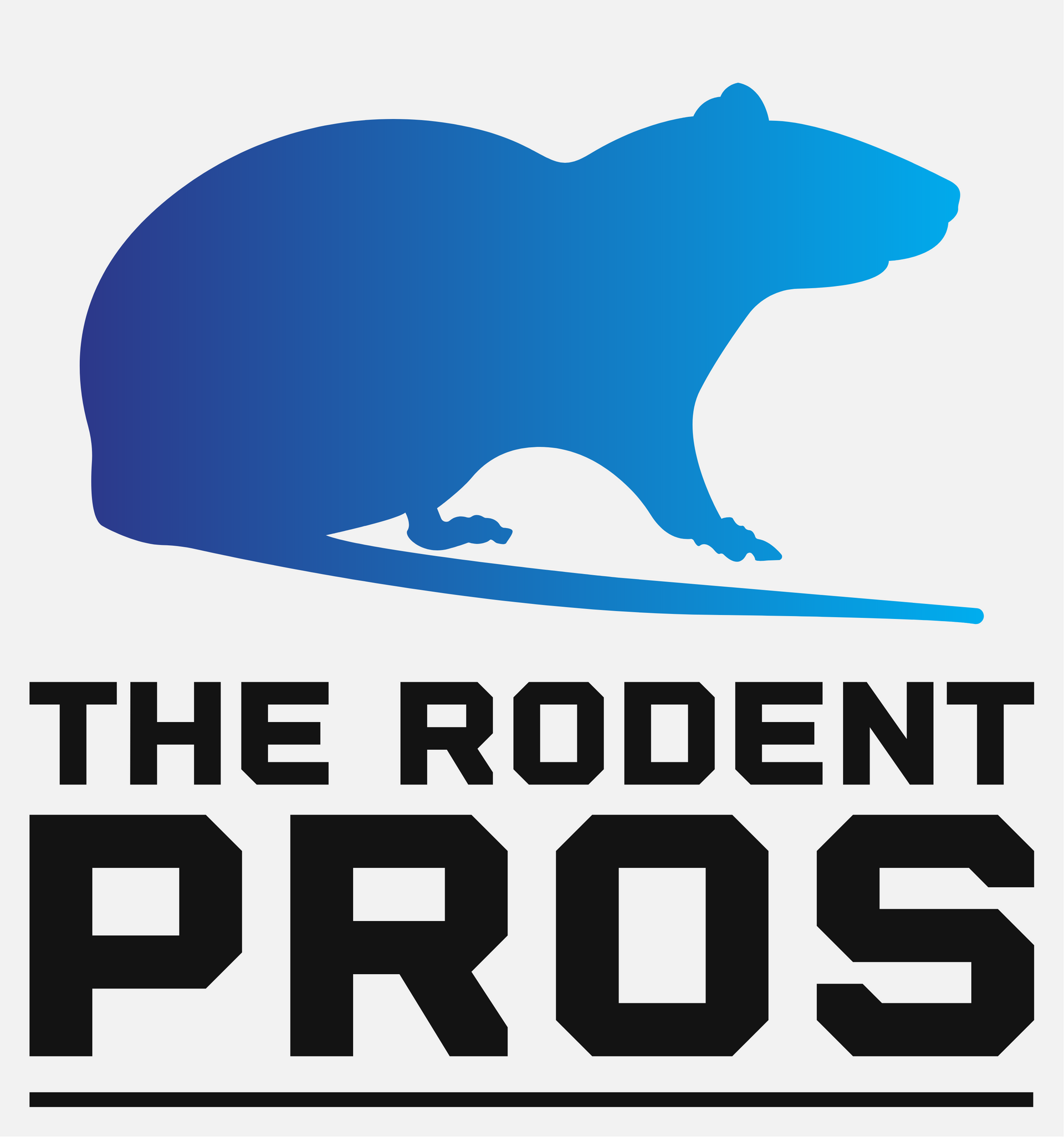
Rodent Control Service In Tampa Florida
The Rodent Pros Offer rodent trapping, rodent removal, rodent exclusion, rodent sanitation and rodent remediation services to all cities within a 50 miles radius of Tampa Florida.
To Call and schedule a free inspection click here
Introduction
Tampa, Florida, a vibrant and rapidly growing city, faces a significant challenge with rodent infestations. This issue impacts public health, the local economy, and the overall quality of life for residents. Rodents, primarily rats and mice, can cause structural damage, spread diseases, and create an unsanitary environment. For these reasons it is important to contact a licensed rodent control company as soon as signs of rodents are discovered.
Historical Context
Rodent infestations have been a longstanding issue in urban areas, and Tampa is no exception. Historically, Tampa's growth, especially in residential and commercial sectors, has often led to increased rodent infestations. The expansion of the city has disrupted natural habitats, pushing rodents into closer contact with human populations. Efforts in rodent control by residents and licensed rodent control companies have helped address Tampa's rodents populations.
Several factors contribute to Tampa's rodent infestations
Urbanization As Tampa continues to grow, construction activities disrupt natural habitats, causing rodents to seek new shelter and food sources in urban areas. Older infrastructure with numerous entry points provides ample nesting sites for rodents.
Climate Tampa's warm and humid climate is ideal for rodents to breed throughout the year. Unlike colder regions, where rodent infestations may decrease during winter, Tampa experiences constant rodent activity.
Food Sources Improperly stored garbage, pet food left outdoors, and bird feeders provide a continuous supply of food for rodents. Restaurants and grocery stores can also be hot spots for rodent infestations if waste management practices are not stringent.
Shelter Tampa offer numerous hiding spots and nesting sites. Buildings, sewers, and landscaped areas can all serve as habitats for rodents. The structural integrity of older buildings often provides easy access points.
Human Behavior Human activities, such as leaving food waste in accessible places and inadequate sanitation practices, significantly contribute to the rodent infestation. Public awareness and licensed rodent removal companies are crucial in controlling rodent infestations.
Rodents pose several health risks to humans and pets
Diseases Rodents are known carriers of various diseases, including leptospirosis, hantavirus, salmonellosis, and rat-bite fever. These diseases can be transmitted through direct contact with rodents or their droppings, urine, and saliva.
Allergies and Asthma Rodent droppings, urine, and hair can trigger allergic reactions and asthma attacks, particularly in children and sensitive individuals. Contaminated air can exacerbate respiratory issues.
Bites and Scratches While rare, rodent bites can lead to infections and other health complications. Rodents can also contaminate food and surfaces, increasing the risk of foodborne illnesses.
Secondary Pests Rodent infestations often attract other pests, such as fleas, ticks, and mites, which can further spread diseases and cause discomfort.
The economic impact of rodent infestations in Tampa is significant
Property Damage Rodents gnaw on electrical wiring, insulation, and structural components of buildings. This can lead to fire hazards, costly repairs, and decreased property values. Historical buildings, in particular, are at risk due to their older construction materials.
Food Industry Rodent contamination can lead to financial losses for restaurants, grocery stores, and food processing facilities. Contaminated food products must be discarded, and businesses may face legal liabilities and reputational damage.
Tourism Tampa's economy heavily relies on tourism. Visible rodent infestations can deter visitors, negatively impacting local businesses and the hospitality industry. Maintaining a clean and safe environment is crucial for attracting tourists.
Public Services Increased rodent activity places a burden on public services, including rodent control, waste management, and public health departments. Resources must be allocated to address the infestation, which can strain municipal budgets.
Effective rodent control in Tampa requires a multifaceted approach
Prevention Proper sanitation and waste management in Tampa are fundamental. This includes securing garbage bins, eliminating food sources, and maintaining cleanliness in public and private spaces. Regular cleaning schedules and proper disposal methods can prevent rodent attraction.
Exclusion Sealing entry points in buildings to prevent rodents from gaining access is essential. This involves repairing holes, installing door sweeps, and maintaining buildings. Weatherproofing and structural repairs should be prioritized.
Rodent Removal The use of traps can help reduce existing populations. However, these measures must be used responsibly to avoid unintended harm to other wildlife and pets. Integrated rodent control techniques should be employed, combining mechanical, chemical, and biological controls.
Community Involvement Public education campaigns to raise awareness about rodent prevention and rodent control can help engage the community in proactive measures. Community participation in cleanup efforts and reporting sightings can enhance rodent control efforts.
Regular Monitoring Continuous monitoring and surveillance are necessary to identify problem areas and assess the effectiveness of control measures.
Examining specific instances of rodent control efforts in Tampa can provide valuable insights
Downtown Tampa A coordinated effort involving local businesses, the municipality, and rodent control professionals led to a significant reduction in rodent sightings through improved waste management and building maintenance. Regular inspections and community engagement played crucial roles in this success.
Residential Areas Neighborhood watch programs focused on rodent control have been successful in suburban areas. Community members work together to identify and address potential rodent infestations, report sightings, and implement preventive measures.
Tourist Attractions High-profile areas like the Tampa Riverwalk have implemented stringent rodent control measures, including daily cleaning routines, secure waste disposal, and public awareness campaigns. These efforts help maintain a rodent-free environment for visitors.
Public Transportation Bus stops and transit hubs often attract rodents due to discarded food and litter. Collaboration between transportation authorities and rodent control services has led to targeted cleaning and exclusion measures, reducing rodent activity in these areas.
While progress has been made, several challenges remain
Urban Development Continued growth and development in Tampa will require ongoing efforts to manage rodent infestations effectively. Construction projects should incorporate rodent control measures from the planning stages.
Resistance Over time, rodents can develop resistance to certain rodenticides, necessitating the development of new rodent control methods. Research into alternative rodent control strategies, including biological controls, is essential.
Resource Allocation Ensuring sufficient funding and resources for rodent control programs is crucial. Municipal budgets must prioritize public health and rodent management to sustain long-term efforts.
Future directions in rodent management
Research and Innovation Advances in technology, such as smart traps, electronic monitoring systems, and genetic research, can improve the effectiveness of rodent control. Innovation in non-toxic pest control methods and environmentally friendly solutions should be explored.
Sustainable Practices Emphasizing environmentally friendly methods of rodent control to minimize ecological impact. This includes reducing reliance on chemical rodenticides and promoting natural predators.
Policy and Regulation Strengthening regulations related to waste management, building codes, and rodent control practices to ensure comprehensive and consistent approaches across the city. Policies should support proactive and preventive measures.
Community Engagement Ongoing public education and community involvement are vital for sustainable rodent control. Engaging schools, businesses, and residents in rodent prevention initiatives can foster a collective responsibility.
The rodent problem in Tampa, Florida, is a complex issue that requires ongoing attention and collaborative efforts. By understanding the contributing factors, health and economic impacts, and effective management strategies, the community can work towards sustainable solutions to mitigate this pervasive problem. Continued research, public education, and proactive measures are essential to keeping rodent populations under control and ensuring a healthy, safe environment for all residents and visitors. Through coordinated efforts and innovative approaches, Tampa can effectively address its rodent challenges and maintain its reputation as a desirable place to live and visit.
600 Cleveland Street
suite 374

